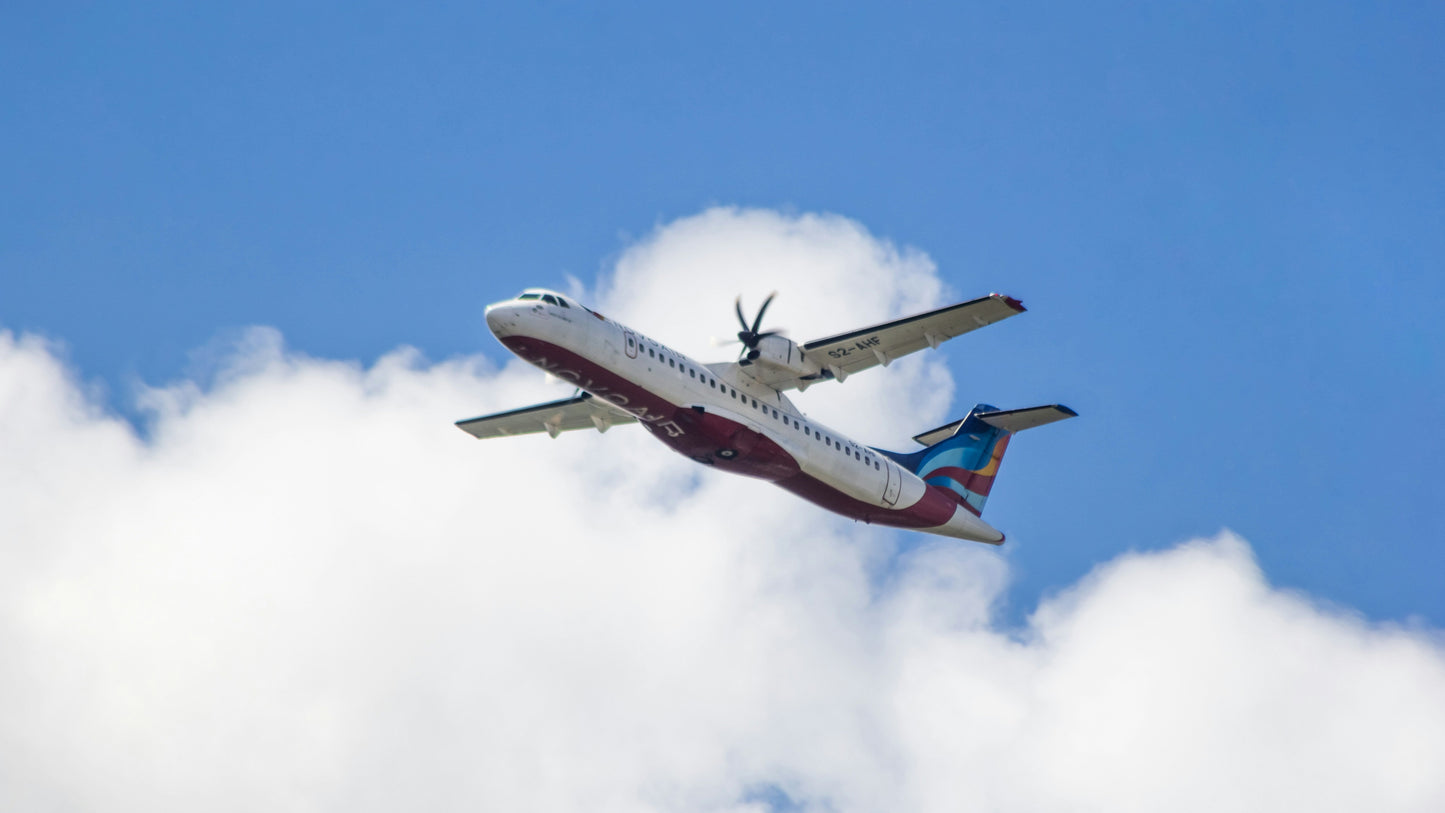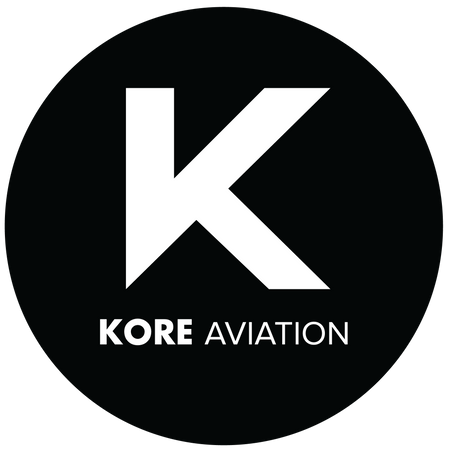
Kore Aviation - Many people wonder how fast commercial airplanes fly especially when watching takeoff or checking flight times. Knowing this helps you understand why some flights take longer than others. Commercial aircraft speed depends on altitude, air temperature, wind, and airplane design.
In this article you will learn average speeds, what limits speed, how speeds are measured, and what speed means in real flight experience.
Speed Units and What They Mean
Before we jump into numbers, it helps to know how aviation measures speed:
- Miles per hour (mph): a familiar unit for many readers
- Kilometers per hour (km/h): used in many countries worldwide
- Knots: one nautical mile per hour (about 1.15 mph) is often used in aviation
- Mach number: ratio of aircraft speed to the speed of sound
When we say “how fast do commercial airplanes fly,” we usually refer to their cruise airspeed in mph or knots.
Average Cruise Speeds of Passenger Jets
Modern commercial airplanes usually cruise at speeds between 550 and 600 miles per hour (about 885 to 965 kilometers per hour). That is during the cruise phase of flight when the aircraft is at its highest efficient altitude.
For example:
- A common single‑aisle aircraft, like the Boeing 737, often flies around Mach 0.74 to Mach 0.79 which equals roughly 567 to 606 mph
- A large long‑range aircraft may cruise a little faster in similar conditions, but rarely much higher than Mach 0.85 under normal schedules
Here “Mach” refers to the speed of sound. Mach 1 means the speed of sound; Mach 0.8 means about eighty percent of that speed.
How Phases of Flight Affect Speed
Commercial airplanes fly different speeds during takeoff, climb, cruise, descent, and landing. When people ask how fast commercial airplanes fly, they often think of cruise speed but actual speed during other phases varies:
- Takeoff and Acceleration – slower until wheels leave runway.
- Climb – speed increases steadily but engine power and safety limits apply.
- Cruise – fastest steady speed once aircraft reaches cruising altitude.
- Descent – reducing speed gradually while descending for landing.
So cruise speed is only part of the journey; actual travel time depends on many phases. Here is what speeds look like in different flight phases:
| Phase | Typical Speed Range* | Notes |
|---|---|---|
| Takeoff | ~ 150 to 200 mph | Jets accelerate down runway before lift‑off. |
| Climb | Increases from takeoff toward cruise range | Pilots manage power and angle to climb to cruising altitude. |
| Descent & Approach | Slower speeds, often 200‑300 mph or less | Configuring flaps, landing gear, and preparing for landing. |
| Landing | ~ 150 to 180 mph | Controlled to ensure safety and runway performance. |
* These are approximate ranges and depend on aircraft type, weight, weather, and airline operating procedures.
Discover More: 7 Phases of Flight. Understanding Every Stage in the Sky
What Factors Make Commercial Airplanes Fly Faster Or Slower
Several factors influence how fast commercial airplanes fly in different situations:
- Altitude and Air Density: Higher altitude has thinner air, reducing drag and allowing higher speed for efficiency.
- Wind: Tailwinds can increase ground speed whereas headwinds slow true progress. Jet streams especially can boost or hinder speed significantly.
- Aircraft Type and Aerodynamics: Wide‑body long‑haul airplanes are built for efficiency over long range, narrow‑body planes are optimized for shorter sectors.
- Weight: Full fuel, full passengers, and cargo add weight which can reduce maximum speed.
- Engine Performance and Environmental Factors: Temperature, humidity, and engine power limits play a role. High temperature reduces engine efficiency.
So although many flights show cruise speeds near 550‑600 mph, actual speed for a given flight may vary.
Also read: How High Can a Helicopter Fly?
How Speed Is Measured in Aviation
Pilots and engineers use several types of speed measurements. Understanding them helps clarify what "speed" really means:
- Indicated Airspeed: What the instrument shows inside cockpit relative to the air pressure sensors.
- True Airspeed: The actual speed through the air after correcting for altitude and air density.
- Ground Speed: How fast you move over the ground. If you have strong tailwind, ground speed can be higher than true airspeed.
- Mach Number: Ratio of aircraft speed to speed of sound as explained above.
These different speeds are important because pilots plan fuel burn, arrival time, and safe operational limits using them.
How Pilots Choose the Ideal Speed
Pilots don’t just pick a number, they balance multiple objectives:
- Stay within manufacturer limits for safety and structural integrity
- Optimize fuel use so the trip is economically viable
- Meet schedule constraints (arrival timing, air traffic control)
- Adjust for wind, turbulence, and route restrictions
Modern aircraft use flight planning software and performance charts to calculate the best cruise speed for each flight.
Gear That Helps Pilots Maintain Speed Awareness
To manage flight performance safely pilots rely on precise instruments, charts, and communication clarity. Audio clarity matters especially in cockpit to hear air traffic control instructions or engine warnings. A high quality headset helps.
If you are student pilot or frequent flyer, check out Kore Aviation premium and affordable headsets, designed for durability and clarity.
Real Flight Examples
Here are some example speeds of well known commercial airplanes:
- Boeing 737 aircraft cruising at about Mach 0.78 to Mach 0.80 equals roughly 580‑610 mph in ideal conditions.
- Larger long range jets also hover in similar Mach ranges but often fly slightly more slowly when flying over long distances or in heavy traffic airspace.
- Some transatlantic flights have recorded high ground speed when crossing jet streams, due to very strong tailwinds.
These real world values show how close they stay to typical cruise speeds even with environmental variation.
If you are a student pilot or training, explore Kore Aviation’s guide to headsets for clear communication through all flight phases: Best Headsets for Student Pilot
Why Commercial Airplanes Do Not Fly Much Faster
You may wonder why commercial airplanes do not cruise at supersonic speeds (faster than sound). Main reasons include:
- Fuel Consumption: Speed increases cost exponentially because engines use far more fuel at higher speed.
- Structural Limits: Aircraft design limits safe mechanical stress. Higher speed increases aerodynamic stress.
- Passenger Comfort: Faster speed often increases turbulence, noise, and vibration.
- Regulations: There are limits for both noise on the ground and flight restrictions at certain altitudes.
So commercial airplanes balance speed with safety, cost efficiency, and environmental concerns.
Read More: What Happens If You Open an Emergency Exit on Plane?
FAQs: How Fast Do Commercial Airplanes Fly
-
Can commercial airplanes fly faster than their listed cruise speed?
Yes, briefly during certain parts of flight or with very strong tailwinds, ground speed can exceed cruise speed, but true airspeed and structural limits keep speeds within safe margins. -
Does speed affect ticket price or fuel cost?
Yes. More speed generally uses more fuel. Also flights over long distance with higher speed burn fuel more efficiently per mile sometimes, but operational costs often rise. -
Is Mach number same as mph?
No. Mach number is ratio to speed of sound. Mach 0.80 means you fly at 80 percent of speed of sound. That speed in miles per hour depends on altitude and air temperature. -
Do all commercial jets cruise at same speeds?
They are close. Most commercial jetliners cruise between Mach 0.78 and Mach 0.85 which equals roughly 550‑600 mph, but there is variation based on model, weight, wind, and airline standard practice. -
How fast do they fly over oceans?
Often pilots choose higher altitudes and take advantage of favorable winds, so over oceanic routes cruise speeds may be optimized higher for fuel efficiency and schedule. -
Can planes ever exceed these speeds?
Yes, under favorable winds aircraft ground speed may go higher (over 800 mph has been observed), though airspeed remains subsonic. -
Do speeds vary by airline?
Yes, depending on aircraft model, route profile, weight, and airline operations strategy. -
Why don’t planes fly faster always?
Higher speed burns more fuel. Also structural and aerodynamic limits exist. -
Does speed change when descending?
Yes. Aircraft slow significantly during descent and approach for safety, control, and landing requirements. -
Is speed the same as “ground speed”?
No. Airspeed is speed through the air. Ground speed includes wind effects and is what you see on GPS over ground.
Final Thoughts
If you have wondered how fast commercial airplanes fly, now you know average cruise speeds are around 550 to 600 miles per hour under good conditions. Many factors temper that speed but it gives you a realistic idea of what happens behind the scenes in flight operation.
As a student pilot or frequent flyer having clear communication tools in cockpit makes speed monitoring safer. Kore Aviation headsets help you hear every instrument alarm or control tower instruction, which matters when you want to stay aware of speed and performance.

